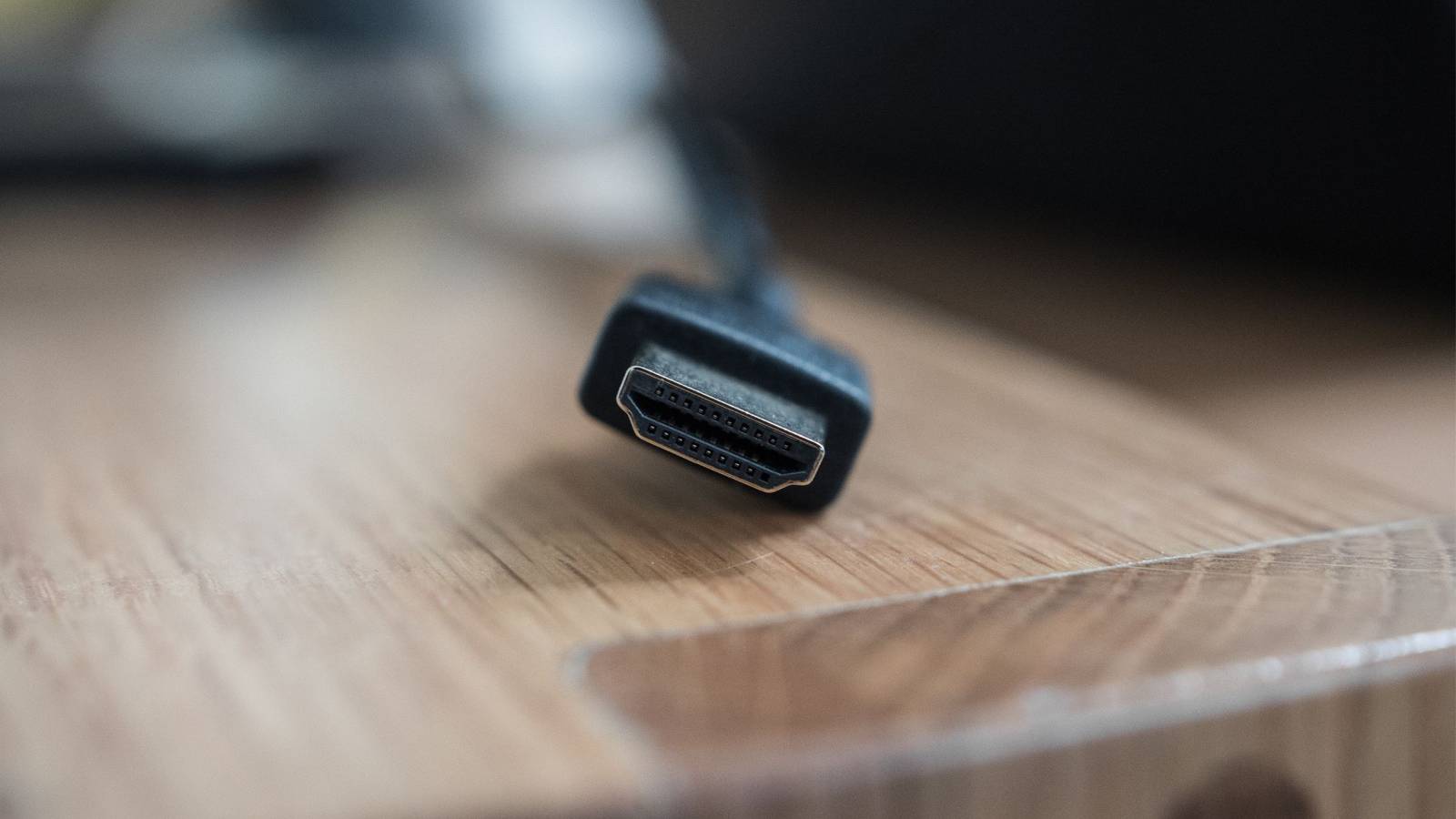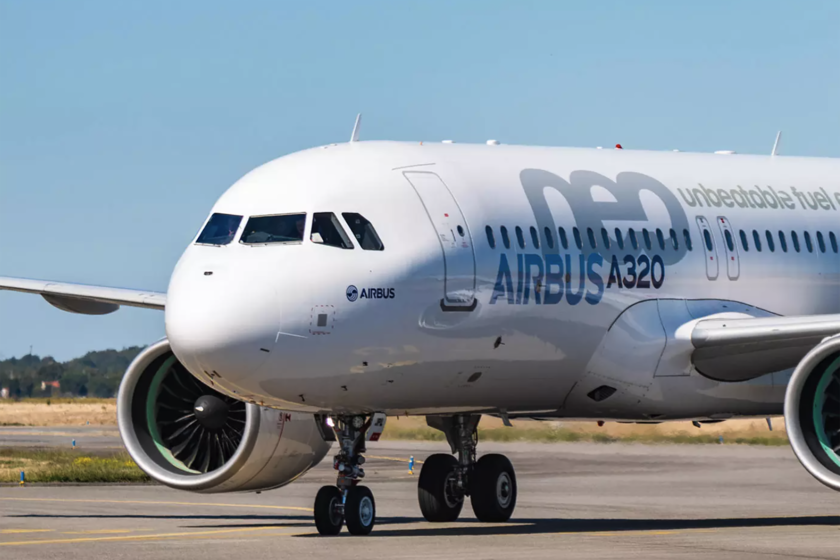Russia gave a blow this week revealing a video of a few minutes. In it, the interior of what they have called as “the largest secret factory of combat drones on the planet”, located at some point in Alabuga, in the Tartaristan region, was prisoned. The piece showed us a huge army of drones with their workers assembling the pieces. However, there was something else: most were not adults, they were teenagers.
A video game and a war. History is part of an investigation and exclusive of the Russian media in exile The Insider. Apparently, since the summer of 2022, under the appearance of an educational and entertainment platform called Berloga (“Beef”), Russia has been recruiting hundreds of thousands of schoolchildren in a progressive system of technical-military training focused on the development and use of drones, camouflaged after video games, competitions and programs with academic incentives.
The game, personally approved by Putin and symbolically presented in the busy city of Sevastopol, introduces children into a children’s narrative in which “intelligent bears” defend the vital resource of “bees” insects, a barely dissimulated allegory where bears are Russia and Ukrainian bees. From the first levels of the game to the participation in face -to -face competitions and the physical assembly of drones, children are guided along a route designed to transform them into useful technicians and operators for the Russian military complex, all while they are assured that “they should not say that it is for war.”
From command to the welder. Berloga is not an isolated initiative, but the entrance door to a broader educational network built by the so -called Agency for Strategic Initiatives (like) of the Kremlin, in which NTI technological clubs, the Platform for Monitoring of Student Achievements TALANT and the National Archipelago Intensive.
These programs are connected to each other through competitions as great challenges, in which thousands of students work in solutions to “technological” problems (which often have undercover military purposes) proposed by companies associated with the Russian state.


Screen capture of the concept of a superpesado launch vehicle with a water -based launch system from the “Large Challenges” program
Privileged minds to war. The media counted that the students that stand out are rewarded with extra points in the national exam, presidential scholarships and direct entries in companies in the defense sector, such as Geoscan, Yakovlev or Almaz-Agent.
The tasks presented to them range from the improvement of UAVS navigation to the design of unmanned vehicles launched from floating platforms, through automated detection systems of drones and laser loaders for tactical use. Although they are required to justify projects as if they were for civil use, the students themselves admit that it is a formality: the real objective is military.
Children engineers. Adolescents who participate in these competencies and training networks not only program or design prototypes, but some (related to research by themselves) train soldiers, mount FPV drones and work for undercover military laboratories in exchange for contracts by work with the consent of their parents.
The components they use in the contests are the same as they then use in the operational versions of their creations. In other words, knowledge flows directly to the front.

Dual technology. In one of the cases, a young man named Stas developed a low -cost kamikaze drone to replace current Russian army models whose Price exceeds $ 10,000 per unit. Another, Vladislav, collaborated with a state company to test electronic warfares on its own air platform.
Companies, such as Geoscan or Yakovlev, segment their operations between civil and military branches, a common practice that allows maintaining the facade of legality against international sanctions. This structure of “dual technologies” is held by officials such as Vice Minister of Commerce Vasili Shpak, who argues that there is no longer a clear distinction between civil and military. The official narrative line points to a future in which all technological innovation will be automatically usable for the war conflict.


A photo of the Official Telegram Channel of Zarnitssa 2.0
Child Military Training Child involvement in these programs goes beyond technical learning. Here it looks like the intensive archipelago, which in its beginnings covered various sectors, and has been converted in an almost exclusively drone course. It includes exercises in recognition, electronic evasion, drone launch from land stations or search for objectives with thermal cameras.
In parallel, Berloga allied in 2024 with Zarnitssa 2.0, the modern version of a Soviet military game. The program, financed with millions of rubles of the state budget, has trained tens of thousands of schoolchildren between the ages of 7 and 21 in the use of compressed air weapons, a K-47 rifles massers, drone flight and choice of military specialties such as Zapador, UAV operator or political instructor.

Discrepancies. Some schools have complained that both students and teachers have been forced to participate. Zarnitsa is managed by the Yunarmiya Youth Movement (young army), linked to the Ministry of Defense and that in 2025 will receive more than one billion rubles in subsidies. For Russian authorities, the objective seems clear: detect military talent from an early age and channel it to the defense industry.
War pedagogy. There is much more, since the investigation emphasizes that this mass and silent recruitment of minors for war purposes is being institutionalized with explicit support from the Kremlin. Putin has ordered drone competitions for children since the age of 7, and new national safety -centered schools include training with UAVs. The official goal is to achieve “technological sovereignty” by 2030, and today’s adolescents are expected to become the military operators of tomorrow.
Officials such as the Deputy Minister of Education Dmitry Afanasyev defend the formation of children in military technology under the pretext that “there are no purely civil applications.” In his words, even an agricultural drone operator must have combat competitions, as in China. Thus, Russia is institutionalizing a war pedagogy where the child ceases to be a citizen in training and becomes an anticipated military resource.
Rights of the child. The use of minors in the production and development of armament not only seems immoral, but also represents a flagrant violation of international law. Experts such as lawyer Sergei Golubok warned in the middle that these programs violate the Convention on the Rights of the Child and Convention 182 of the ILO, which prohibits the worst forms of child labor.
In addition, it involves children in tasks related to a war of aggression (qualified as a crime in Russian and international legislation) makes organizers accomplices of a crime of war. The lawyer Ekaterina deikalo stressed that these programs not only violate international treaties, but also deliberately place minors at risk, by converting educational centers into possible legitimate military objectives for Ukraine.

Defense vs. indoctrination. While in Ukraine school programs are limited to civil defense training, first aid and adult courses on the use of drones, in Russia a generation unable to distinguish between civil and military technology is being created, trained from childhood to produce war tools in exchange for academic or labor advantages.
Thus, according to Insider, the Russian State not only promotes this technical indoctrination, but also normalizes it as a legitimate “educational practice.” In the name of technological sovereignty and military efficiency, Kremlin is molding the future of its youth as a labor for war, turning child patriotism into a assembly chain for drones that annihilate.
And what begins with a video game of bears and bees, ends in the battlefields of Ukraine.
Imagine | rawpixel, wikimedia, telegram
In WorldOfSoftware | Russia has changed the Shahed drones for an undetectable bomb for Ukraine: the mobile phones of their teenagers
In WorldOfSoftware | If the question is what China is giving Russia in the Ukraine War, we have news: a complete army












